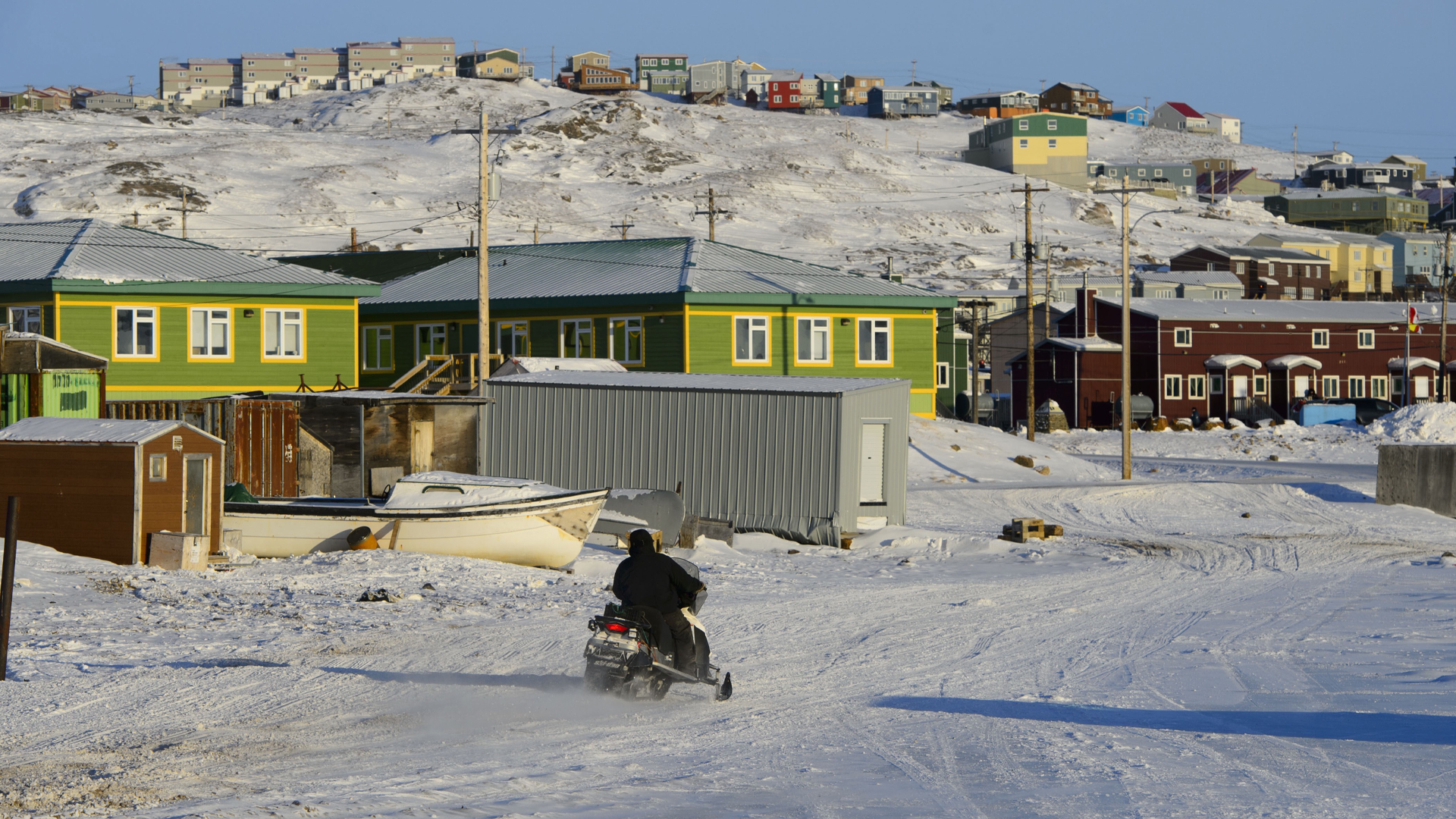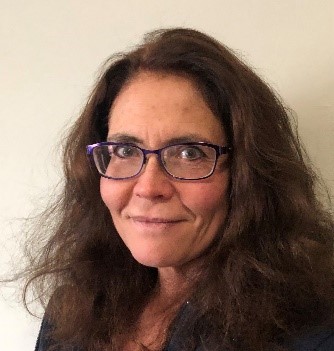
(This article has been translated into French.)
COVID-19 continues to disrupt employment in remote northern communities. For the Inuit of Nunavut, unemployment has worsened: between August and October 2021, almost a quarter of them were looking for work. At 22.3 per cent, unemployment was slightly more than two-percentage points higher for unemployment over the previous year.
Amidst the disruptions, Inuit are turning to land-based skills to sustain their communities. Skills like hunting and harvesting contribute to community resilience and economic recovery. With the right support, these skills could play a larger role in northern economies.
Land-based activities are integral to Inuit culture. They play a key role in maintaining community wellbeing across the four regions of Inuit Nunangat, the expansive Inuit homeland. These activities include hunting, fishing and harvesting local flora. They also include food-processing and craftwork to make clothing, jewelry and art. Inuit film-makers such as Zacharias Kunuk and musicians such as Tanya Tagaq have also done much to translate Inuit land-based culture into new-media art forms.
The Series: The Future of Work and Skills Training
Arctic policy must embrace Indigenous knowledge and Arctic science
While many Inuit have joined the wage economy, land-based activities remain popular. According to Statistics Canada 84 per cent of Inuit in Nunangat participate in harvesting and handicraft activities.
Related to these land-based activities and skills is an emerging Inuit-led conservation sector. It includes environmental management and scientific research, fisheries, food security and eco-tourism, areas where land-based skills can be used in innovative ways. And new policy programs and private sector investments could unlock their economic potential.

Community-driven innovation
Conservation-sector initiatives start with local communities. Project Nunavut, for example, helps Nunavummiut share their skills and goods online. Its platform, Hunters Harvest, helps hunters sell surplus country food within Nunavut. Its Lake to Plate project helps Inuit fishers sell their Arctic char to customers across Canada. Inuit are among the foremost experts in harvesting Arctic char through inshore fisheries. Lake to Plate promotes their expertise and builds their brand on a national level.
Such initiatives are complementing a lively Inuit presence online. Community hunters and trappers’ organizations host Facebook groups where members share, swap and sell goods from the land. These groups lend social and technical support to their members. They are a source of valuable information for young hunters and harvesters. They also encourage social goods such as sharing country foods with Elders. The challenge for participants, though, remains the high cost of northern internet service.
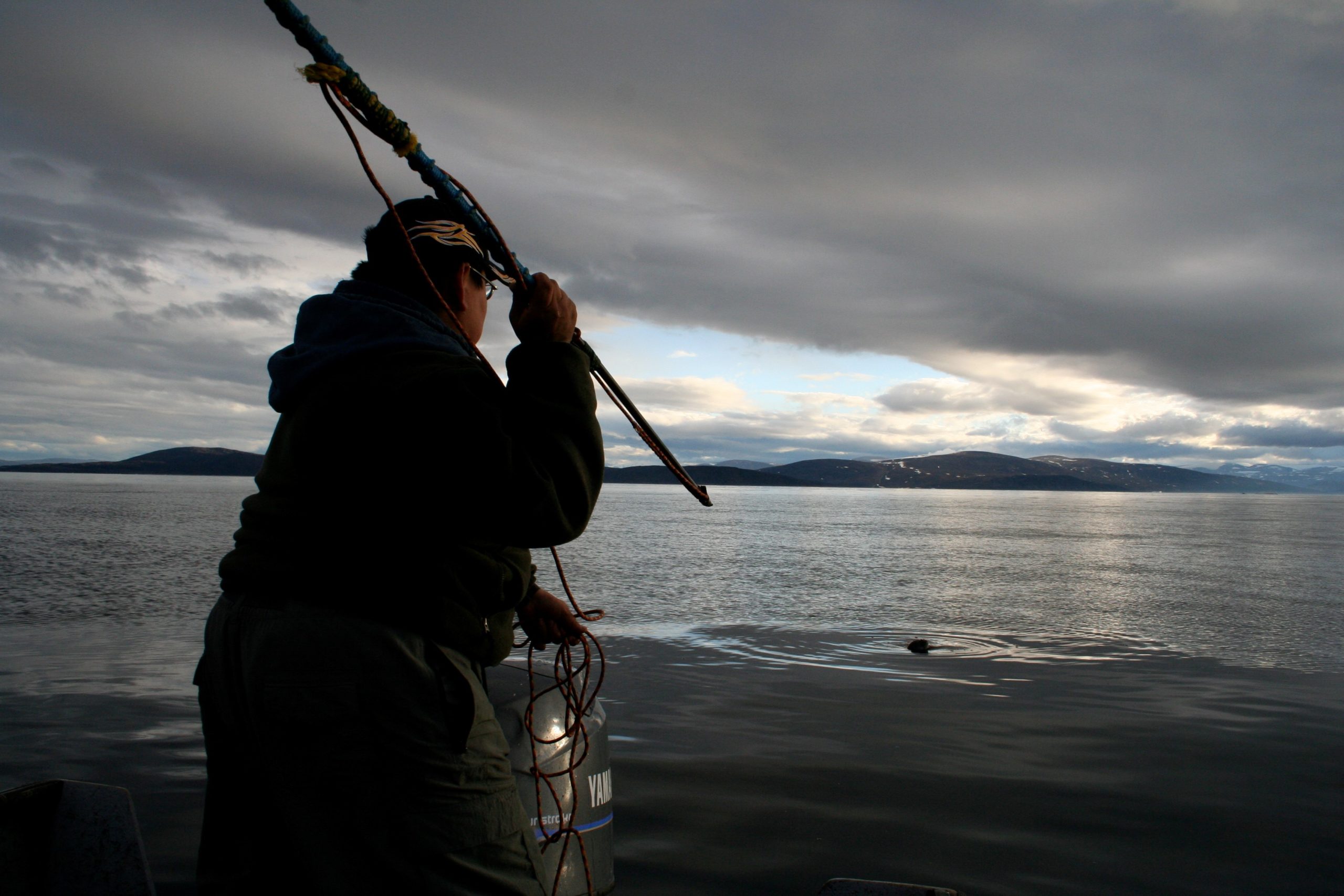
Inuit-led commercial fisheries and surplus country food markets scale land-based activities without forcing communities to sacrifice deep-rooted values. Under Inuit leadership the buying and selling of land-based goods can coexist with traditional expectations that hunters and harvesters share their bounty with those less fortunate. Compensating hunters and harvesters for their work helps offset their costs and reinforces their important role in contemporary Inuit society.
Other initiatives help build capacity in areas such as eco-tourism and the arts. They include projects to train Inuit cultural ambassadors, chefs, multimedia artists and expert guides for hunting and outdoor adventures. This empowers Inuit to express their land-based culture in vital new ways. Once the threat of COVID-19 subsides, the authentic cultural experiences they create will entice new visitors to Inuit Nunangat.
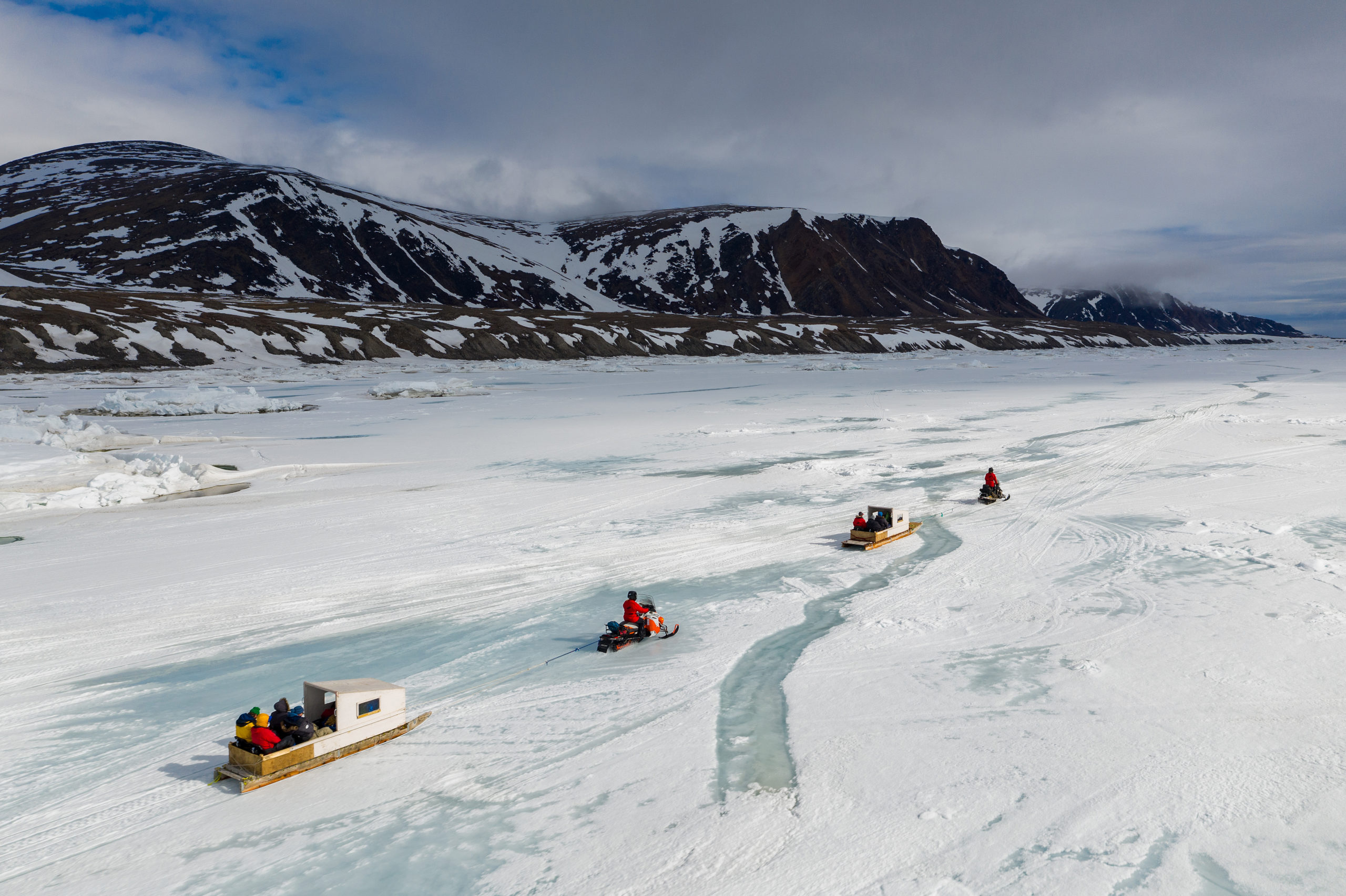
Investing in small-i infrastructure can have a big effect
Large-scale capital investments in northern infrastructure, such as telecommunications, housing, and airports, are vital for remote communities. But investing in “small-i infrastructure” is also essential for Inuit self-determination. A recent pilot project in Clyde River, on the east coast of Baffin River in Nunavut, estimates that a $50 investment in hunting and harvesting equipment creates enough food to feed 20 people in a remote community. Meanwhile, spending $50 at a northern grocery store will only provide meat for about three adults. And the imported meat is generally inferior in both nutritional and cultural value.
An important goal of the Inuit conservation sector is food sovereignty. That innovative project has also helped the community pilot a full-time hunter/harvester role. In his first year in the role, the professional hunter harvested around 2,000 kg of edible meat including Arctic char, seal, and ptarmigan, a variety of bird. This was distributed throughout the community, to family and friends in Iqaluit, and to the Baffin medical boarding home in Ottawa.
Another community-driven program through the Aqqiumavvik Society in Arviat is teaching hunting skills to the youth in the community. The program can be expanded to other areas of the conservation sector. The land-based skills of the hunter can help researchers and industry collect vital data about the northern environment and climate change. Knowledge of the land and its lifeforms is equally vital for ecotourism, public security and Inuit arts.
Recognizing the role of the hunter as a legitimate profession also means recognizing the costs associated with it. Hunting is increasingly expensive. “Small-i infrastructure” programs that help subsidize the personal equipment hunters and harvesters need to work on the land will have far-reaching implications for expanding the Inuit conservation sector.
Investments in new personal and household technologies are transforming the way Inuit work on the land. Clean-tech funds help Inuit install solar panels and more energy efficient materials for their cabins. Information technologies allow Inuit to gather and share environmental data and knowledge online. SIKU is a mobile app and online platform that Inuit have designed and use for ice safety, weather mapping and language preservation. Apart from assisting Inuit who work on the land, it is accumulating Inuit scientific data in real-time. Within its growing knowledge base are observations on climate change, caribou herd migration patterns, ice conditions, hunting grounds, cultural points of reference and more.
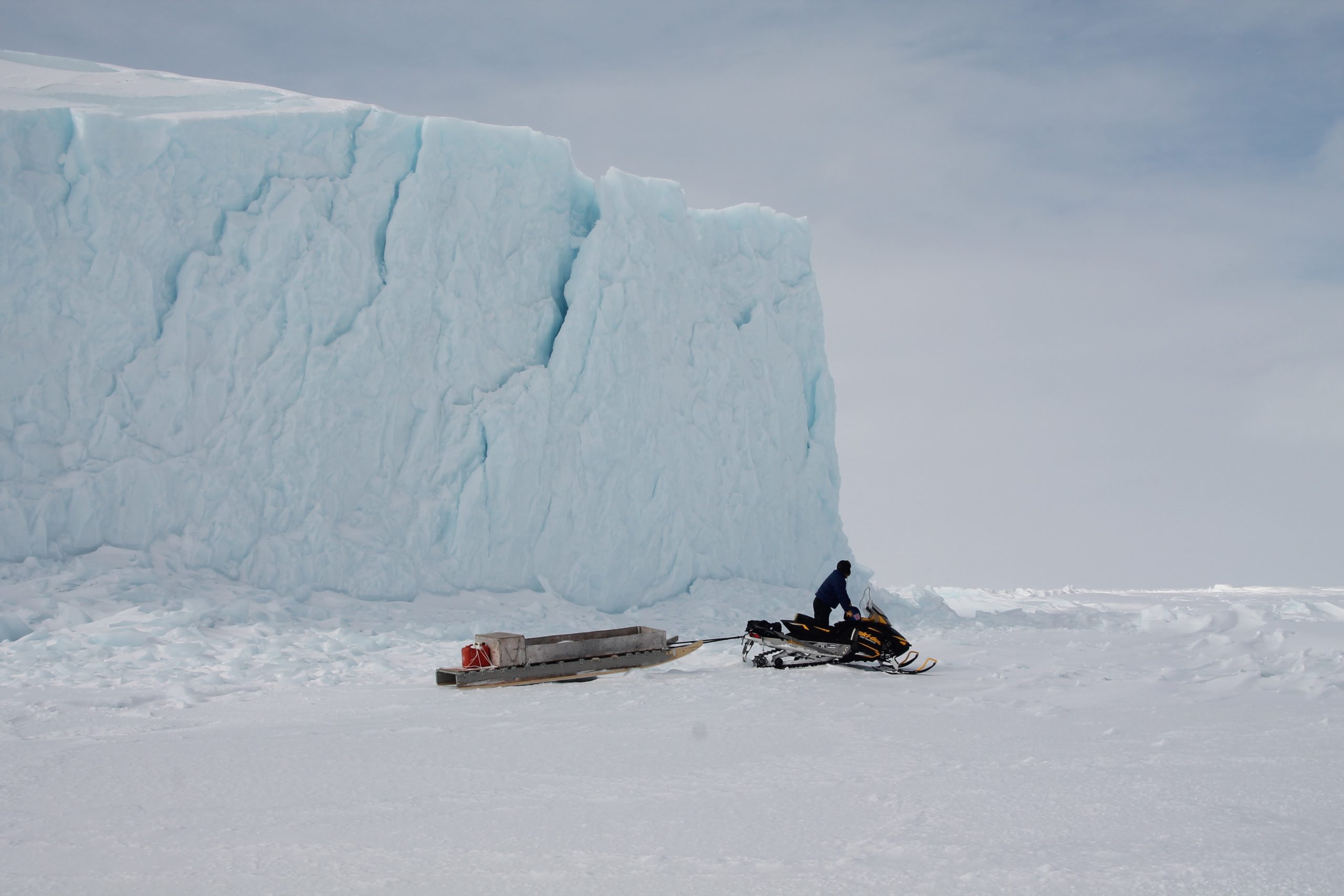
A new fiscal climate for Inuit-led solutions
After a year-long tour of Inuit Nunangat and other northern Indigenous regions, Mary Simon, now the Governor General of Canada, raised the profile of an emerging Indigenous-led conservation economy. Simon challenged the federal government to listen to community leaders. What she heard is demand for more Inuit-led solutions to problems such as food insecurity and unemployment.
In the case of food insecurity, food sovereignty is a high priority for Inuit governments and communities. Pilots with hunters and harvesters suggest that federal food subsidies can be more effective when directed to, and administered through, Inuit governments and organizations that understand how land-based activities support food security. These pilots have also revealed the shortcomings of programs that fund hunters and harvesters without including the small-i infrastructure they need to work on the land and process country foods.
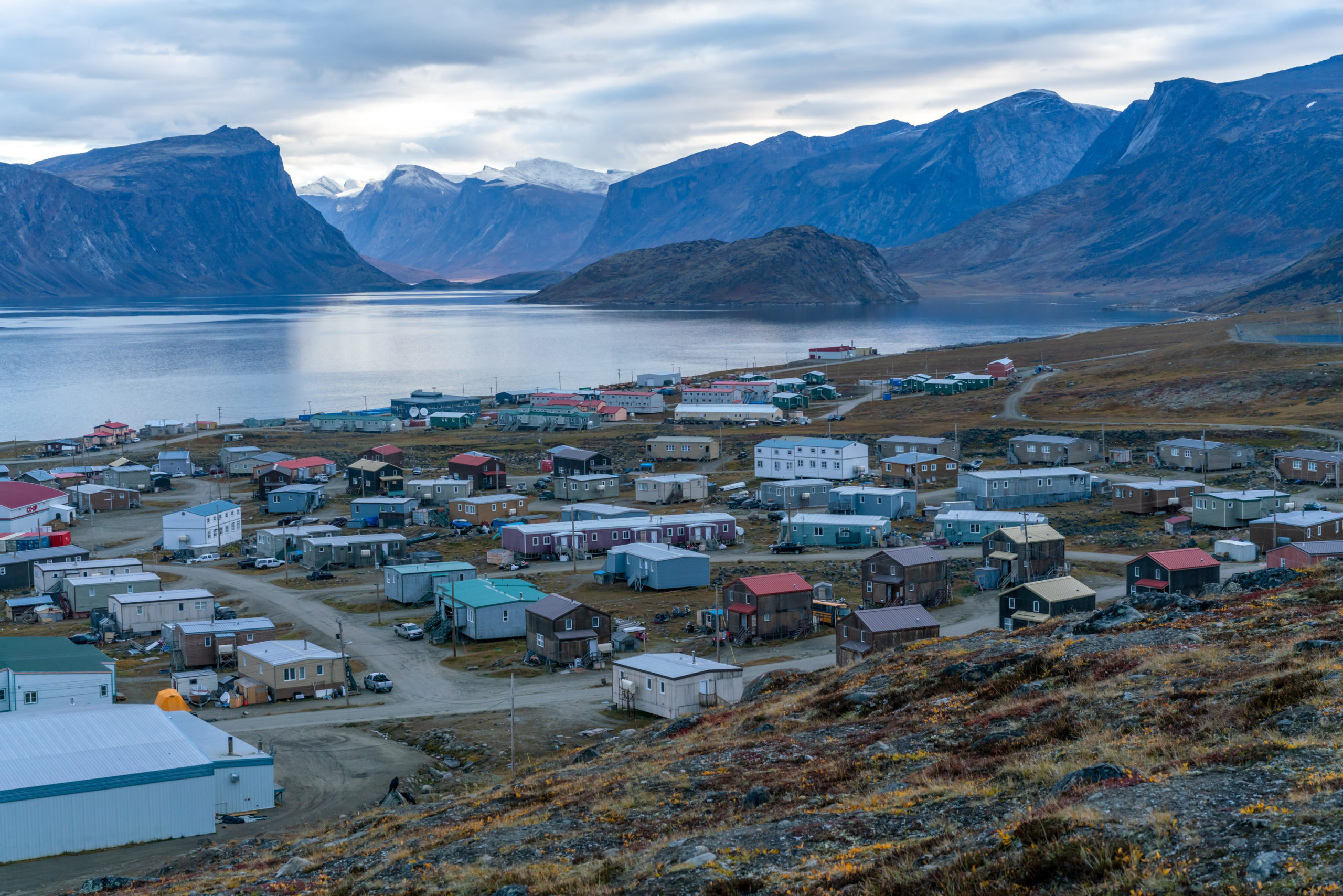
The COVID-19 pandemic has given the Inuit conservation economy an opportunity to show its strengths. Governments are providing subsidies and incentives to help more Inuit participate in land-based activities during the general economic shutdowns. This is helping communities survive in the face of considerable adversity.
What many Inuit stakeholders hope for is a vision to see the conservation sector become more than a safety net for the wage-economy. They want sustained policies and programs to help this vital aspect of northern economies grow into its full potential.
The Inuit conservation sector is transforming how Inuit live and work in the north. While COVID-19 continues to disrupt community life, Inuit are rethinking what it means to earn a livelihood with land-based skills. In the process, they are redefining the role of the hunter, creating country food markets with compassion, and applying new technologies to strengthen and share wisdom from the land.
This article is part of the Future of Work and Skills Training special feature series.




